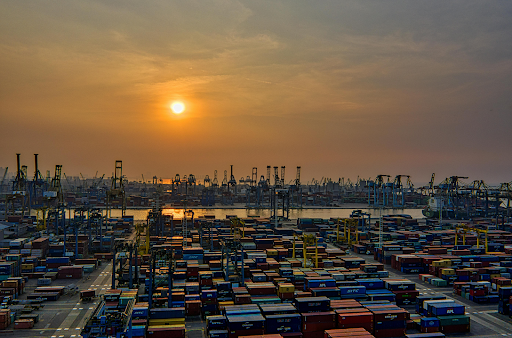A tidal wave of fear swept through Wall Street following President Donald Trump’s threat to impose a staggering 100% tariff on all Chinese imports, vaporizing an estimated $2 trillion in stock market value. The president’s declaration reignited fears of a devastating trade war, sending the Dow Jones Industrial Average into a steep 879-point dive and setting the stage for further market chaos.
The selloff was swift and brutal. Investors, who had largely considered the trade war narrative to have cooled, were caught off guard by the aggressive move. Dow futures signaled no relief, pointing to another 887-point drop at the start of the week. The contagion was global, with London’s FTSE 100 index also falling as the world braced for the economic fallout from a clash between its two largest economies.
Beijing responded with defiance, making it clear it would not be intimidated. China’s commerce ministry warned of countermeasures, stating it was fully prepared to protect its interests. The ministry blamed the U.S. for the breakdown, asserting that “wilful threats of high tariffs” were counterproductive. This hardened stance has only amplified investor anxiety about a prolonged and damaging conflict.
The escalation was prompted by China’s decision to implement export controls on critical rare-earth elements. The White House framed this as a “very hostile” act, justifying the massive tariff threat. China countered by describing its measures as legitimate and not a complete ban, aimed at regulating strategic resources rather than weaponizing them.
Amid the market panic, the Trump administration sent conflicting messages. While the tariff threat was absolute, Trump later posted on Truth Social that “it will all be fine!” and JD Vance suggested a path to a deal remained if China was “willing to be reasonable.” However, these words have done little to soothe investors, who are now watching the “delicate dance” between the two nations with bated breath.

